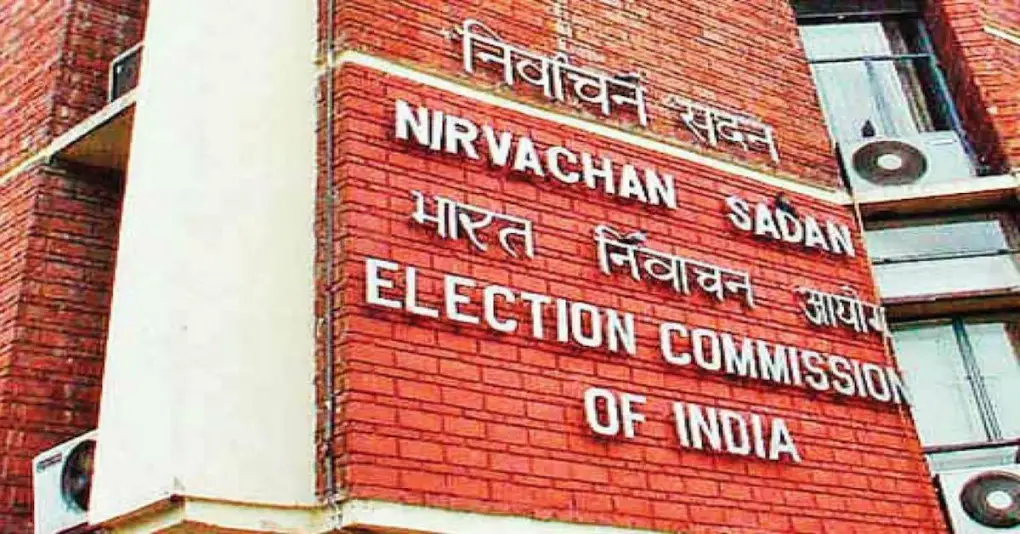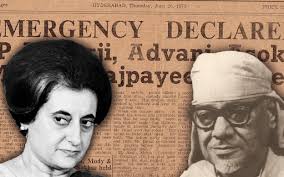
Mergers and acquisitions, commonly known as M&A, have become a driving force in India’s corporate growth story. These complex transactions allow companies to expand rapidly, enter new markets, acquire cutting-edge technology, and even eliminate competition. Over the past two decades, India has witnessed a dramatic rise in both domestic and cross-border M&A activity, especially after the economic liberalization of the 1990s. The year 2022 alone saw deals worth over USD 110 billion, marking a 33% increase from the previous year according to data from the Securities and Exchange Board of India (SEBI).
This comprehensive guide will walk you through every aspect of M&A in India – from the legal framework that governs these transactions to the step-by-step process followed in real deals. We’ll examine current trends, highlight major recent transactions, and explain the crucial role corporate lawyers play in making these multi-crore deals happen while navigating India’s complex regulatory landscape.
Understanding Mergers and Acquisitions
At its core, a merger means combining two companies into one, while an acquisition refers to one company taking over another. In India’s legal system, these transactions can take various forms – amalgamations under the Companies Act, share purchases, asset acquisitions, or even court-approved mergers through the National Company Law Tribunal (NCLT).
Companies pursue M&A for several strategic reasons. The HDFC Bank-HDFC Ltd merger, valued at approximately USD 40 billion, created India’s largest private sector bank with enhanced lending capacity. Similarly, Tata Steel’s acquisition of Bhushan Steel through the insolvency process helped consolidate its position in the steel industry. These examples show how M&A can create stronger, more competitive businesses.
The Legal Framework Governing M&A in India
India has developed a sophisticated legal system to regulate M&A transactions through multiple laws and regulatory bodies:
The Companies Act, 2013 serves as the foundation for corporate mergers. Sections 230 to 240 detail the process for schemes of arrangement, including mergers and demergers. The NCLT acts as the approving authority for these transactions. For instance, in the 2023 merger of Sony Pictures Networks India with Zee Entertainment, the NCLT carefully examined the scheme before granting approval.
SEBI regulations come into play for listed companies. The SEBI (Substantial Acquisition of Shares and Takeovers) Regulations, 2011 mandate that any entity acquiring 25% or more shares in a listed company must make an open offer to minority shareholders. This ensures fair treatment of all investors.
The Competition Act, 2002 prevents mergers that could harm market competition. The Competition Commission of India (CCI) reviews combinations that cross certain financial thresholds. In 2022, the CCI approved the Adani Group’s acquisition of Holcim’s Indian cement assets only after the parties agreed to certain conditions to maintain market competition.
Foreign exchange regulations under FEMA govern cross-border deals. When Walmart acquired Flipkart in 2018 for USD 16 billion, the transaction required careful compliance with FEMA rules regarding foreign investment in e-commerce.
Current Trends in Indian M&A
The Indian M&A landscape has evolved significantly in recent years. Technology and digital businesses now dominate deal activity, accounting for nearly 30% of total M&A value in 2023 according to RBI reports. The rise of startup acquisitions, especially in fintech and edtech, reflects this shift.
Distressed asset sales through the Insolvency and Bankruptcy Code (IBC) have created new M&A opportunities. The resolution of Essar Steel through acquisition by ArcelorMittal demonstrated how the IBC process can facilitate value-creating transactions even in complex situations.
Regulatory scrutiny has intensified, particularly in sectors like digital markets, pharmaceuticals, and infrastructure. The CCI’s rejection of the proposed merger between Sony and Zee in 2024 over competition concerns shows how regulatory approvals can make or break deals.
The Step-by-Step M&A Process
A typical M&A transaction in India follows a structured process:
Due diligence forms the critical first phase. Lawyers meticulously examine the target company’s contracts, litigation history, regulatory compliance, and financial records. For example, during Due Diligence of Air India before its acquisition by Tata Group, lawyers reviewed over 3,000 contracts and identified significant liabilities.
Valuation determines the deal’s financial terms. Methods like discounted cash flow analysis help establish fair pricing. In the merger of HDFC entities, valuation experts spent months analyzing the banks’ loan portfolios and future earnings potential.
Drafting transaction documents requires precision. The Share Purchase Agreement for Reliance’s acquisition of Metro Cash & Carry reportedly ran into hundreds of pages, covering every possible contingency.
Regulatory approvals often determine deal timelines. The Tata-Air India deal needed clearances from 10 different regulators, including the CCI and aviation authorities.
The Corporate Lawyer’s Role
Corporate lawyers serve as the architects of M&A transactions. Their work begins with structuring the deal to optimize tax outcomes and minimize risks. For cross-border transactions like the acquisition of Gland Pharma by Fosun, lawyers had to navigate both Indian and Chinese regulatory requirements.
During negotiations, lawyers protect their clients’ interests through carefully drafted representations and warranties. In the Tech Mahindra-Satyam acquisition, the warranties covered potential liabilities from Satyam’s infamous accounting fraud.
Post-merger integration presents another challenge. Lawyers ensure smooth transfer of employees, contracts, and licenses. After the Vodafone-Idea merger, legal teams worked for months to harmonize operations and comply with telecom regulations.
Emerging Challenges and Future Trends
The M&A landscape continues to evolve. Data privacy concerns under the new Digital Personal Data Protection Act, 2023 add another layer of complexity. Lawyers must now scrutinize how companies handle customer data during transactions.
Environmental, Social, and Governance (ESG) factors are becoming deal-breakers. Investors increasingly evaluate targets based on sustainability practices, as seen in renewable energy sector acquisitions.
Technology is transforming M&A practice. Virtual data rooms and AI-assisted due diligence tools are becoming standard, though human legal judgment remains irreplaceable for strategic decisions.
Conclusion
India’s M&A ecosystem offers tremendous opportunities but demands careful navigation of its legal complexities. As the economy grows and sectors consolidate, well-structured M&A transactions will continue driving corporate growth. For aspiring corporate lawyers, mastering this field promises an exciting, high-impact career at the intersection of law and business.
The future belongs to legal professionals who can combine technical expertise with business acumen – those who understand not just the letter of the law but also the strategic objectives behind every deal. As India’s corporate landscape evolves, so too will the art and science of mergers and acquisitions.
Sources Referenced:
- SEBI Annual Report 2022-23
- RBI Bulletin on Foreign Direct Investment
- Competition Commission of India Orders
- National Company Law Tribunal Judgments
- Ministry of Corporate Affairs Publications.





